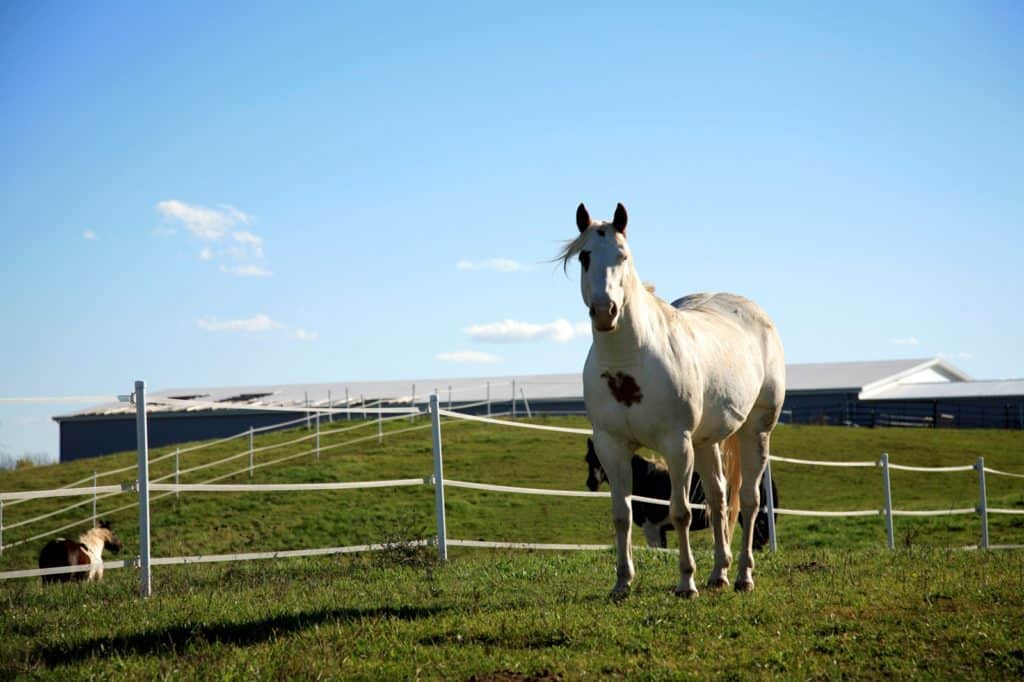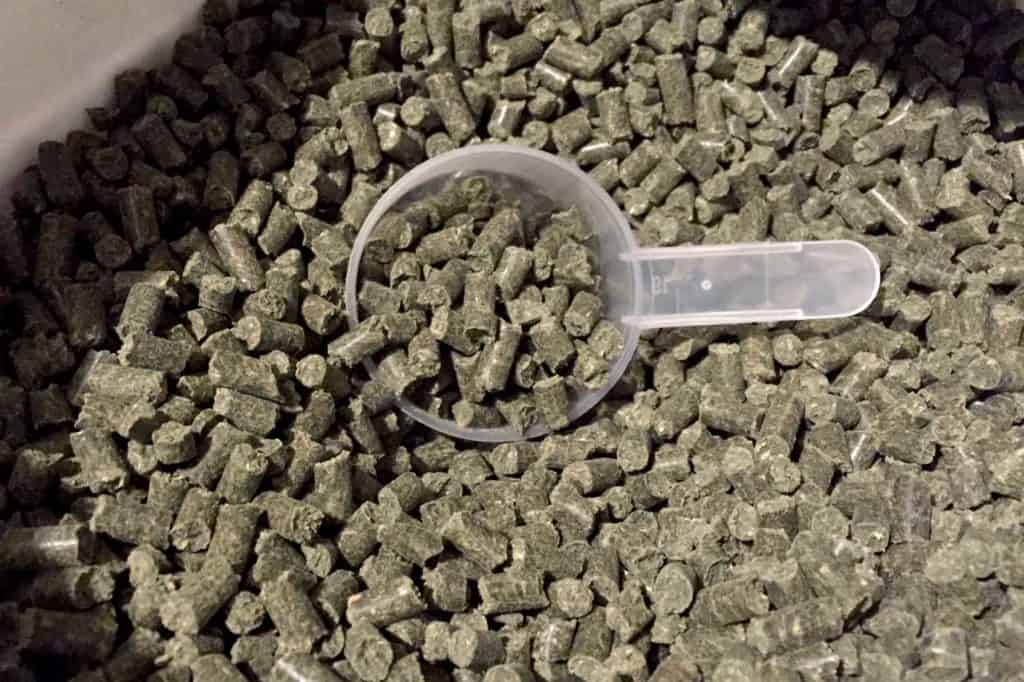
Ciclesonide Offers Help for Horses With Severe Asthma
Scientists looked at the drug’s safety, efficacy, and ease of use under natural conditions.

Scientists looked at the drug’s safety, efficacy, and ease of use under natural conditions.

Scientists have reported widespread parasite resistance against every anthelmintic drug class on the U.S. market.

Each horse has his own individual needs when it comes to parasite control. But when you’re responsible for deworming a number of horses on one property, how do you meet each one’s needs?

Is your horse’s annual wellness exam comprehensive? Learn about common wellness steps and how your veterinarian can help you address and correct problems you might encounter.

Owners often seek advice and tips on ways to keep their RAO-affected horses healthy, so we’ve scoured our archives and compiled 10 resources available for free on TheHorse.com.

A new European study has shown that Lusitanos had few OA lesions on radiographs, and when they did, the lesions were relatively minor.

Researchers tested pooled platelet-rich plasma lysate as a unique anti-inflammatory approach to joint preservation on lab samples.

Researchers explored the ability of bone marrow mononuclear cell (BMNC) therapy to improve lameness, with good results.

Owning a horse over his lifetime can be rewarding, but you need to be prepared for specific costs related to his care. Learn about senior horse research studies and what veterinarians say you should watch for as your horse ages.

Lame horse? Advanced diagnostic and management strategies for navicular syndrome have improved long-term outcomes.

Researchers investigated if two common joint supplement ingredients contribute to worsening gastric ulcer scores in horses.

A review of research into laminitic pain in horses found veterinarians rely on a multimodal approach for pain management.

Follow these straightforward steps to help your horse lose weight and gain a competitive advantage.

A veterinarian shares research evaluating handling, storage, and testing conditions and the reliability of PPID testing.

The 2 goals of an equine back treatment plan are breaking the pain cycle and increasing strength, function, and stability.

Does your horse need a dollop, dab, pinch, or peck? Learn to formulate a diet based on your horse’s age, body condition, and health status.
Stay on top of the most recent Horse Health news with
"*" indicates required fields